What stories do the trees around you tell? Many are unaware of the symbolism that cultures around the world have associated with the trees we see around us every day.
Over the centuries, forests have held mystery and enchantment to different cultures and faiths. Myths, legends, folklore and fairy tales included the woods and specific trees, some of which may be in your own yard. Your trees may offer sources of whimsical storytelling for visiting friends and family, especially for imaginative children. What are the meanings and symbolism of the trees around you?
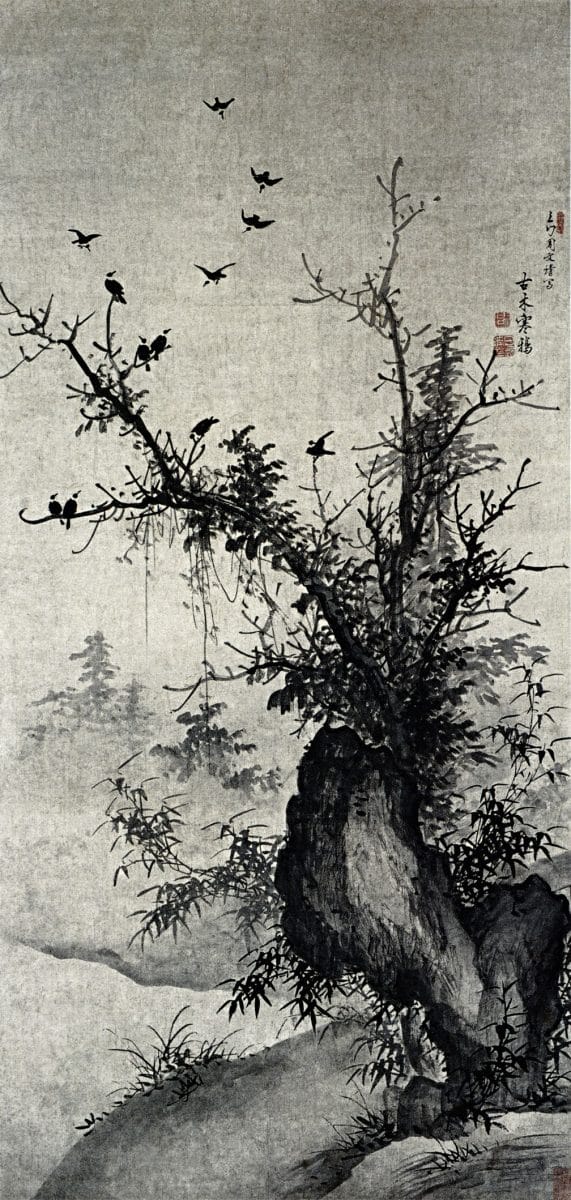
Table of Contents
Meanings and Symbolism of Trees
Consider a tree gift with a tale to tell. Once you discover the tales and folklore of the trees surrounding your city and home, try coming up with one of your own! You can learn much about tree symbolism, just read romance novel online. They are often used to describe romantic feelings
Acacia

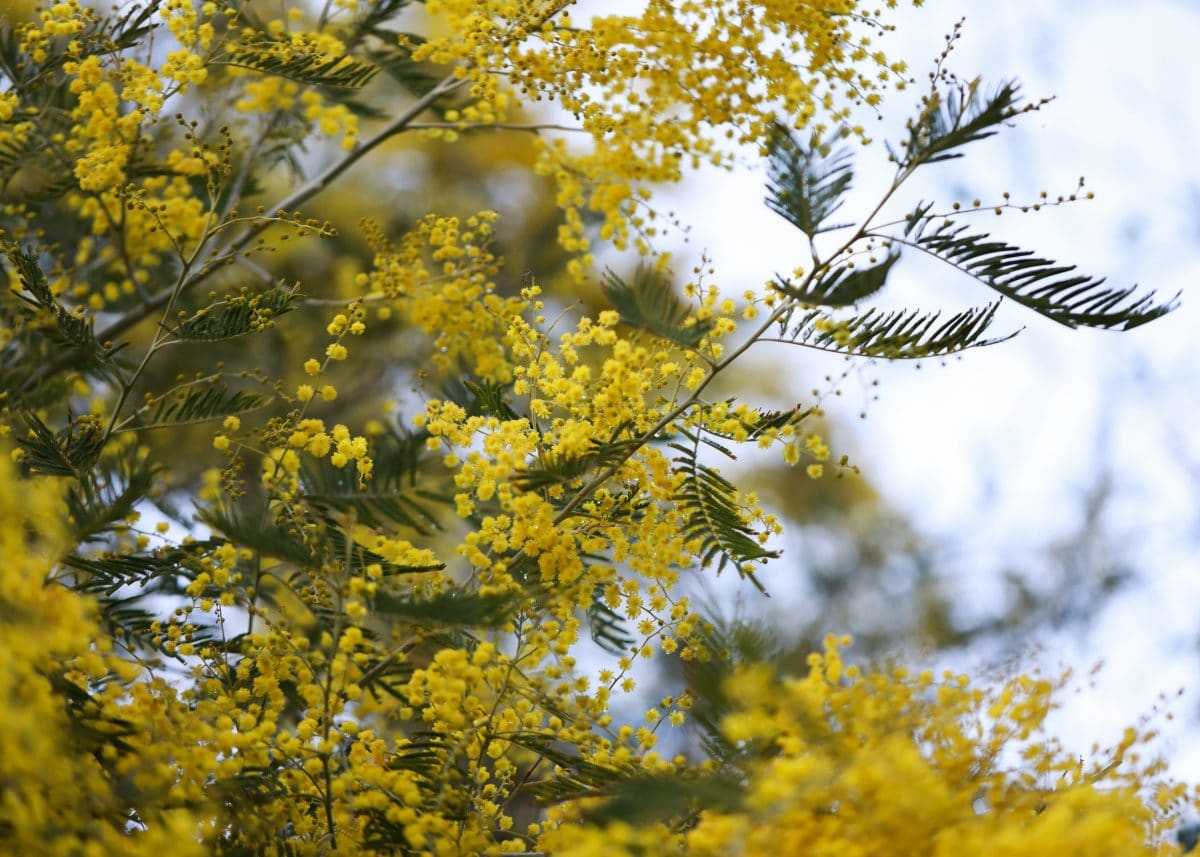
Also known as thorntrees, whistling thorns, or wattles, the Acacia derives its name from the Greek word for its characteristic thorns, ακις (akis, thorn). With over 1300 different species, the Acacia has grown its way throughout history and modern use.
Moses used acacia wood to build the Ark.
The Acacia is one of the four primary trees of the gods in China, and it is sacred to Buddhists and Hindus.
Alder
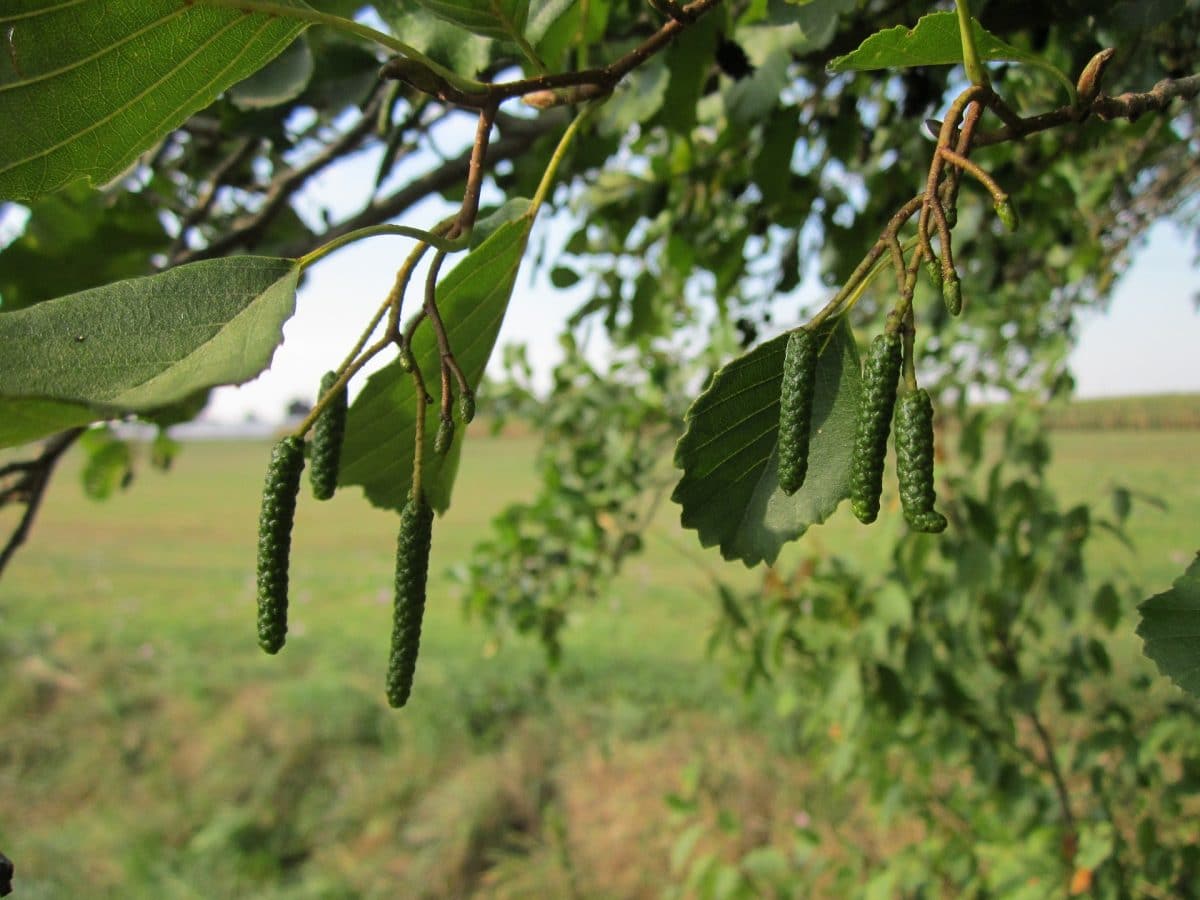
Belonging to the Birch family, the Alder is a deciduous tree. Native Americans used the Red Alder bark medicinally to treat poison oak, insect bites, and other skin irritations. It was also used by Native Americans to treat tuberculosis. The innerbark of the red osier dogwood was used in Native American smoking mixtures as well.
The Alder tree has great symbolism in Europe as well. One of the sacred trees of Britain is an alder. In the “Romance of Branwen,” Bran’s nephew’s name is “Gwern,” the Welsh name for alder.
Fender Stratocaster and Fender Telecaster guitars have been built using alder wood since the 1950’s.
Almond

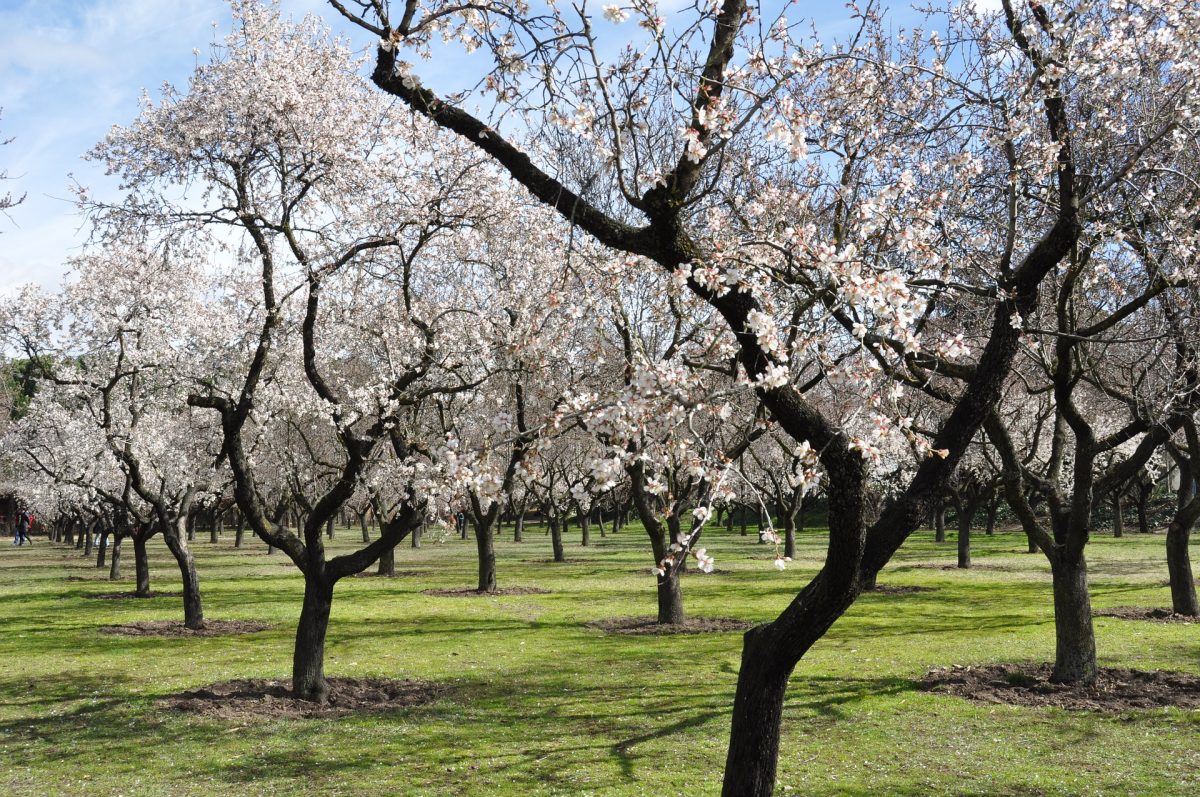
Native to the Middle East, the almond tree is a small deciduous tree classified with the peach in the subgenus Amygdalus.
In Christian medieval art, the almond is a symbol of divine approval.
A branch of the almond tree was used to make the Pope’s staff. Almonds are mentioned 73 times in the Bible.
After the siege of Troy, on his journey home, the Greek hero Demophon became shipwrecked, landing on the shores of a faraway kingdom. He was rescued by the king’s daughter, with whom he promptly fell in love. He asked her to marry him, asking only that he be allowed to return to his home to put his affairs in order, promising to return as quickly as possible. The young girl agreed, but Demophon never returned. The girl died of a broken heart. The goods, taking pity on her, changed her into an almond tree. The flowering almond is a sign of hope.
In Greece, almonds are often served at wedding banquets due to their white coloring.
Apple
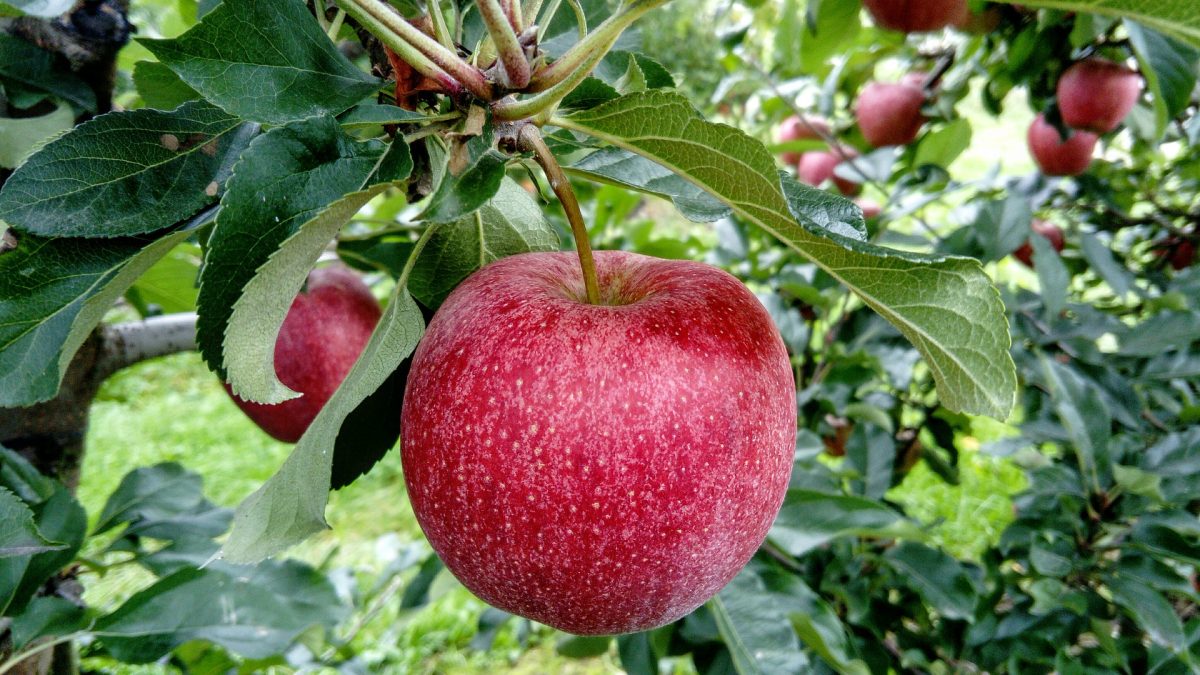
The apple is one of the most widely cultivated fruit trees, with plenty of stories to prove it. Despite having over 7,500 cultivars of apples, they originated in Western Asia.
In Norse myth, Idun was the keeper of the “apples of immortality,” which kept the gods young.
Traditionally, in Germany an apple tree was planted when a boy was born, and a pear tree for a girl.
The origin of the Trojan War was attributed to the Apple of Discord, a golden apple thrown down in front of an assembly of the gods by the Goddess of Hate, Eris.
One of Hercules’ twelve heroic labors was to obtain the golden apples of the Gardens of the Hesperides.
In ancient Greece, to throw an apple at someone was to symbolically declare one’s love, and to catch the thrown apple was to symbolically show one’s acceptance of that love.
Grimm’s Fairy Tales have at least four stories involving apples.
Ash
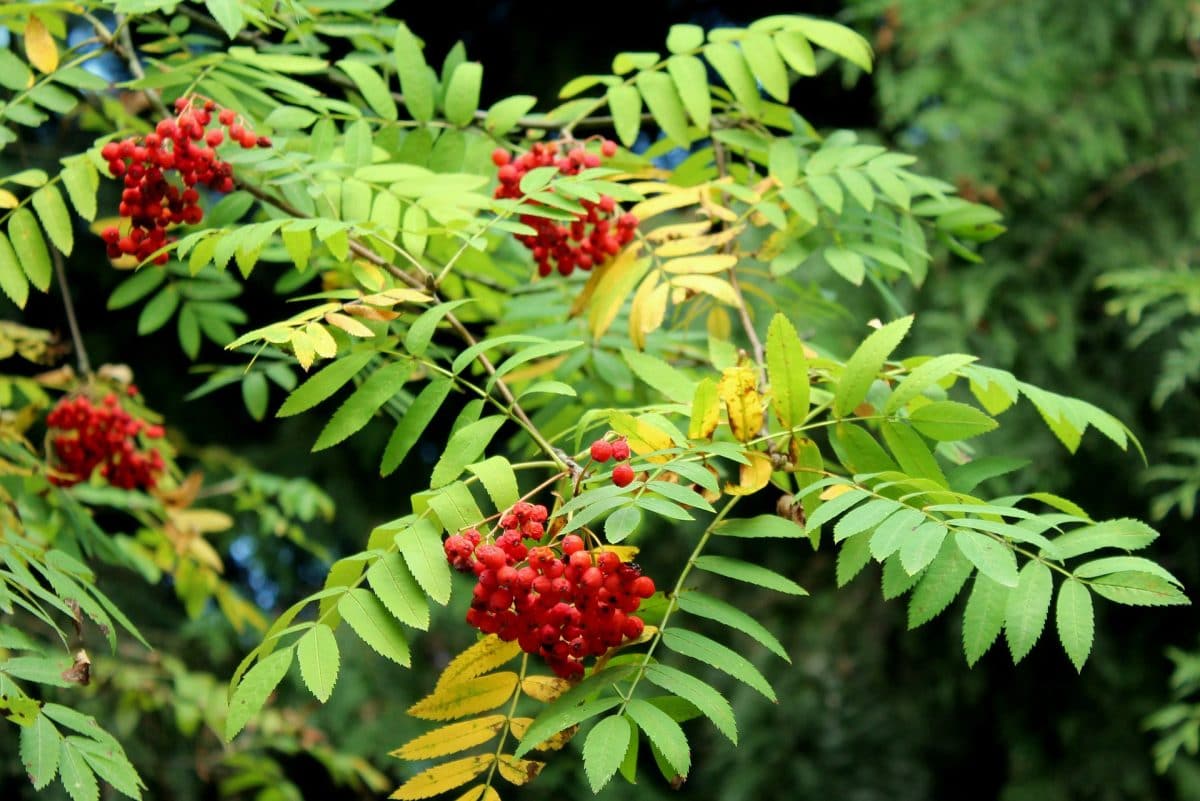
The name, ash, goes back to Old English, while the generic name originated in Latin. Both words mean “spear.”
A double leaf is considered a sign of good luck and power. Early Europeans believed it had the power to keep away snakes and serpents.
Cupid’s arrows are made of ash.
According to Scandinavian and Germanic tribal mythology, the first man sprang from an ash tree and the first woman sprang from the elm or alder tree.
In Norse mythology, a large ash tree named Yggdrasil was believed to be the origin of all life. The first man, Ash, formed from an ash tree. Due to its size and strength, this giant tree was believed to hold up the sky. Its leaves were thought to be the clouds and its fruit the stars.
In Greek mythology, the Meliae were nymphs of the Manna Ash trees.
Beech
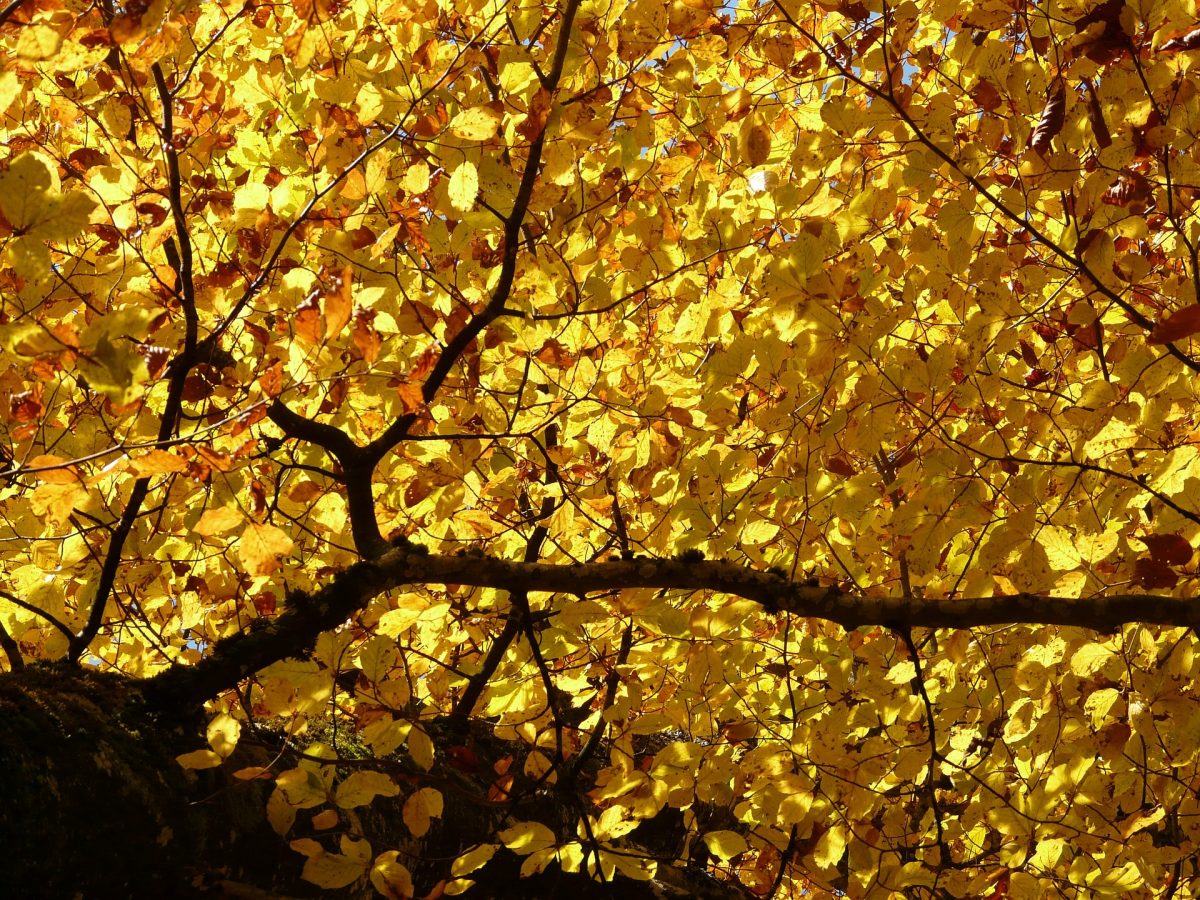
Before the development of paper, beech was a common writing material used by the Germans. Today, beech logs are burned to dry malts in German smoked beers. Budweiser uses beech chips as a fining agent during the brewing process.
“Beech” and “book” have the same word origins.
Ships were made of beech, such as Argo in Greek mythology.
Birch

Birch branches are used as decoration for churches and homes during the feast of Pentecost in Germany, Central and Eastern Europe, and Russia.
In Ukraine, Belarus, and Russia, rural areas consider birch sap a common drink. You can sometimes find the birch sap bottled commercially. The birch tree is also the national tree of Russia, where the trees is worshipped as a goddess during Green Week in early June.
The American Forestry Association chose it as their first Mother Tree of America in 1920.
In the Finnish epic, “Kalevala,” the birch is designated as a holy tree of great use to mankind.
Birch trees are common in Gaelic folklore, in association with death or fairies, as well as returning from the grave.
In some part of Germany, men decorate birch trees in front of the houses of their love interests on the night of May 1 to show their feelings.
In 1988, the Swedish city of Umea was ravaged by a fire that nearly burnt it to the ground. Supposedly, some birches stopped the fire from spreading. The city decided to plant silver birch trees throughout the city to protect from future fires. Umea adopted the unofficial name, “The City of the Birches.”
Fig
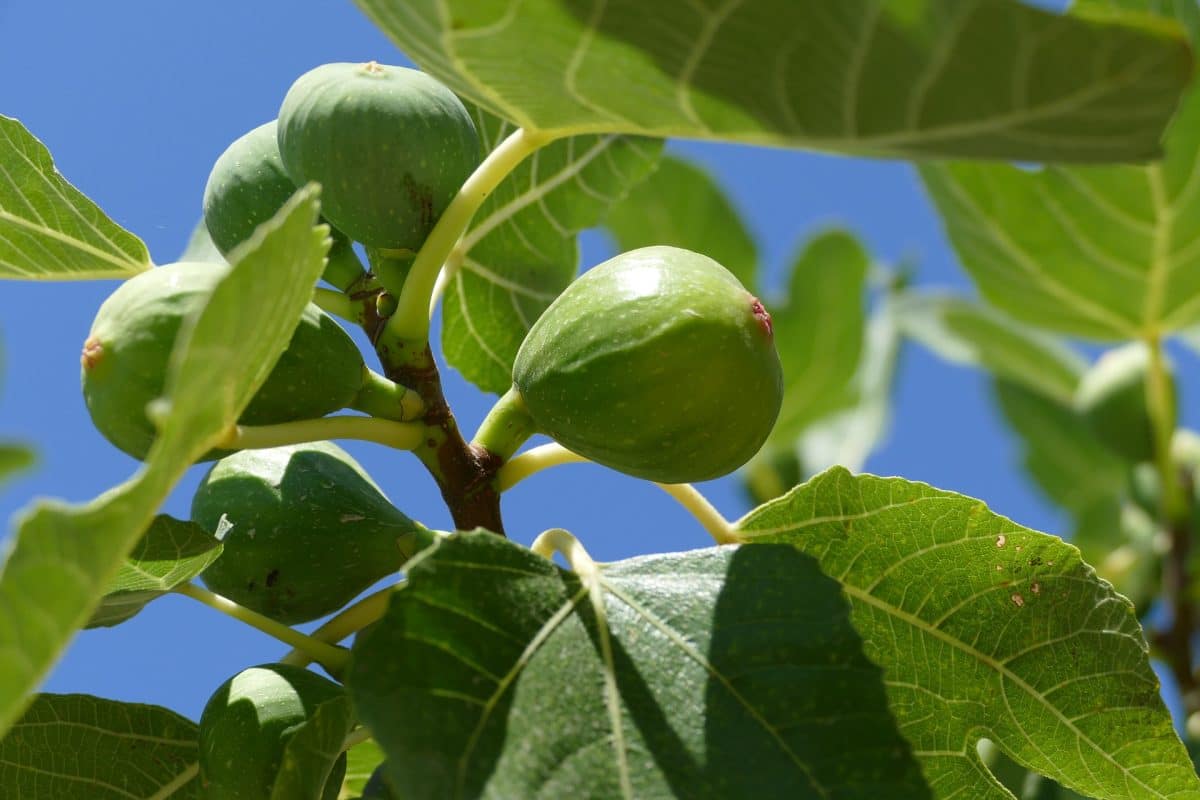
According to legend, Rome was built at the spot where a fig tree caught Romulus and Remus as they floated down the river Tiber in a basket.
Romans thought the god Bacchus introduced the fig to man, therefore, figs were considered sacred and the gods were often shown carrying branches of figs.
The goddess Demeter first revealed to mortals the fruit of autumn by showing them the fig.
In the Book of Genesis in the Bible, Adam and Eve clad themselves with fig leaves after eating the forbidden fruit from the Tree of Knowledge. Fig leaves or depictions of fig leaves have long been used to cover the genitals of nude figures in painting and sculpture.
Buddha achieved enlightenment underneath the bodhi tree (Ficus religiosa), which is a large and old sacred fig tree.
Hazel
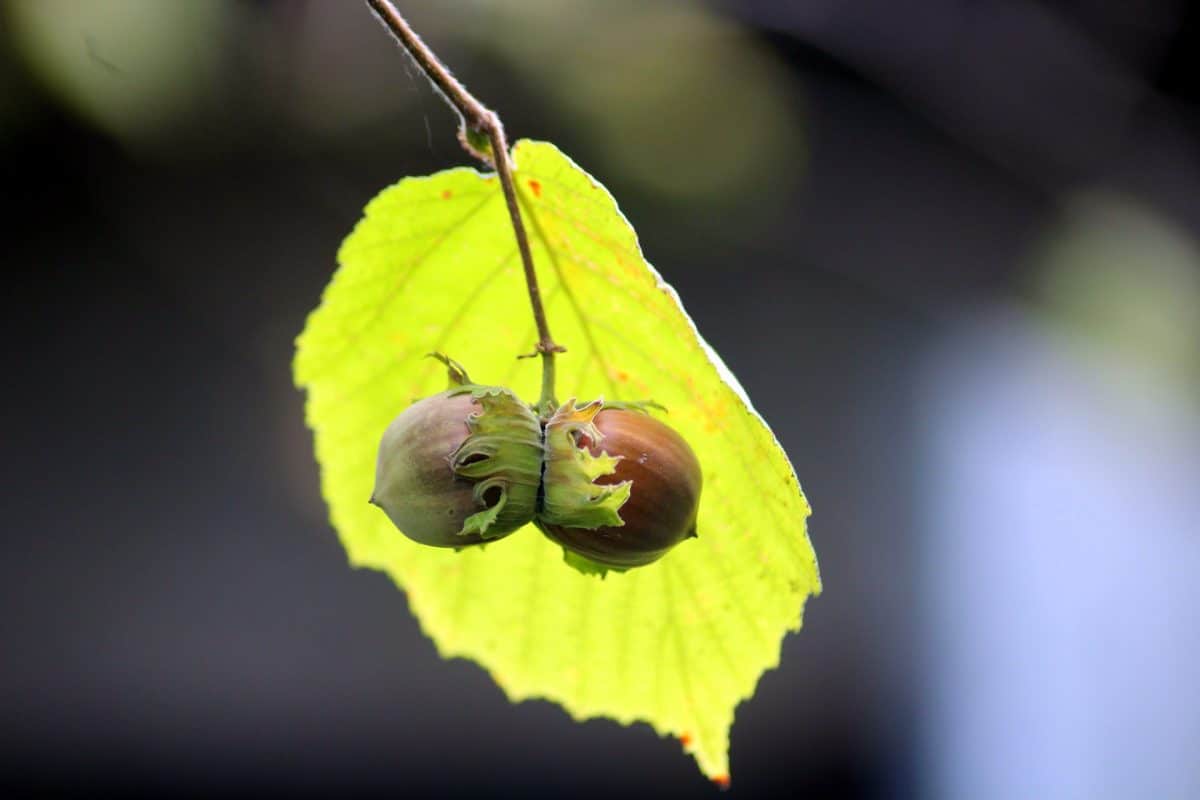
In Celtic tradition, the Salmon of Knowledge is said to eat the nine nuts of poetic wisdom dropped into its sacred pool from the hazel tree growing beside it. Each nut eaten by the salmon becomes a spot on its skin. The Celts believe consuming hazelnuts gives one wisdom and inspiration.
The Hazel Branch, out of Grimm’s Fairy Tales, claims hazel branches offer the greatest protection from snakes and other things that creep on earth.
Hemlock
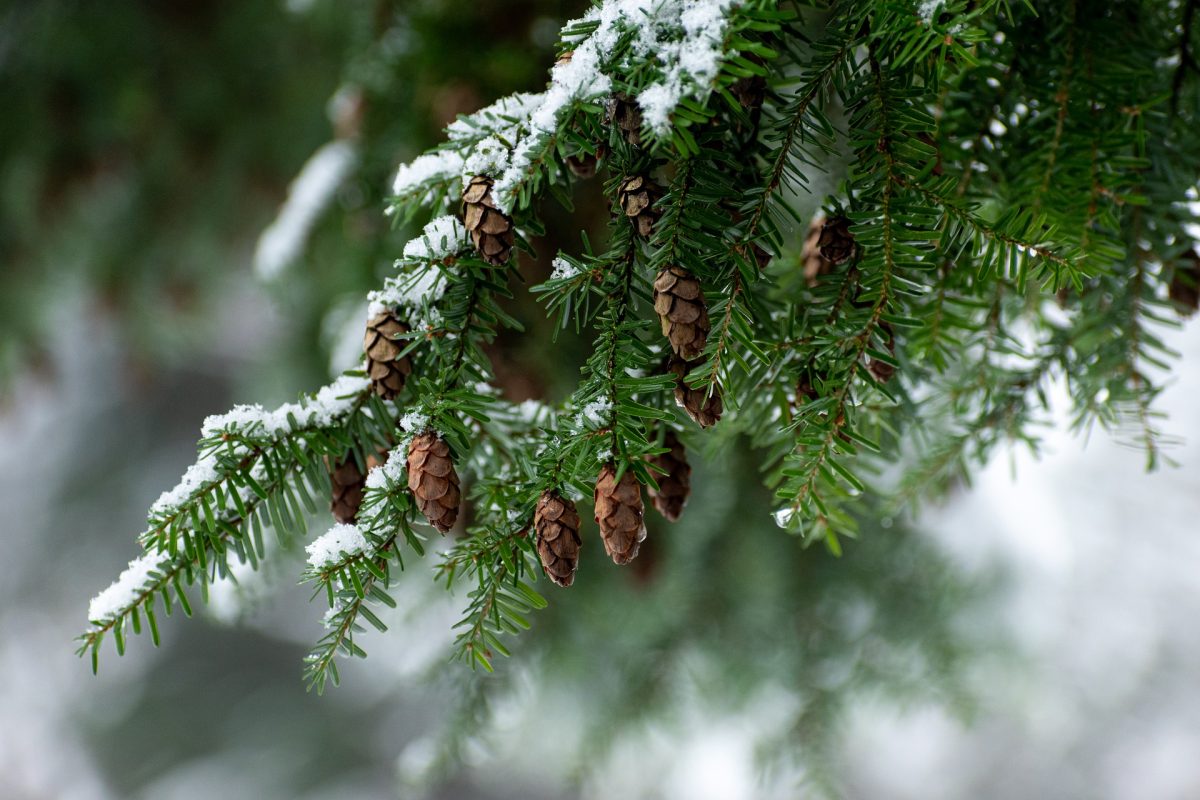
This tree is not to be confused with the unrelated plant “poison hemlock.” This particular tree is far from poisonous.
The hemlock tree is one of the four primary trees of the gods in China.
Oak

The oracle of Zeus at Dodona, Greece (mentioned by Homer) was situated in a grove of oak trees. Predictions were made by interpreting the rustling of the oak leaves.
The Lithuanian thunder god Perkunas, is a name thought to be taken from an Indo-European name for oak.
In Rome, an oak wreath crown was a prize for saving a citizen’s life in battle.
In Northern Europe, the oak leaf cluster was a token of heroism and victory – a symbol that continues in American military decorations.
According to Celtic mythology, te oak tree is the tree of doors, or a gateway between worlds.
The oak tree is the national tree for a multitude of countries, including England, Estonia, France, Germany, Moldova, Latvia, Lithuania, Poland, United Sates, Basque Country, Wales, Galicia, Bulgaria, and Serbia.
Olive
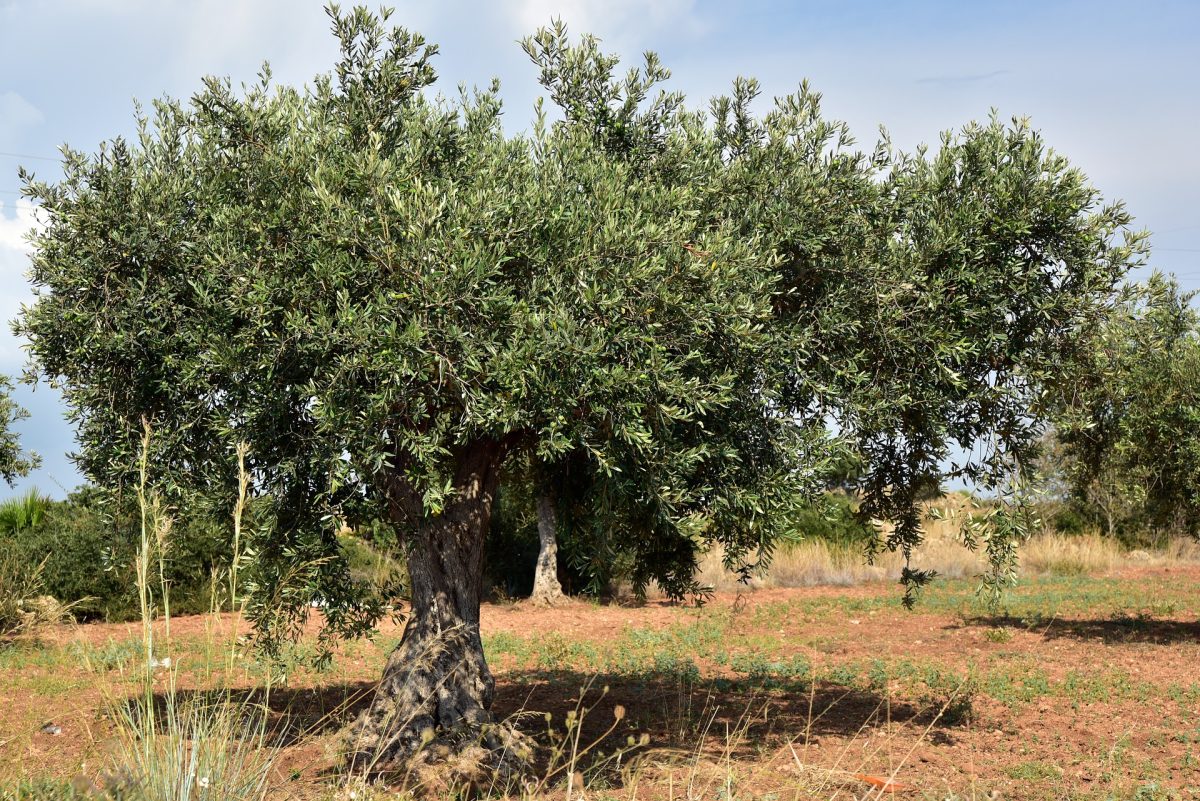
The olive tree is one of the most cited plants in Western literature.
The leafy branches of the olive tree symbolize abundance, glory, and peace, and were used to crown victors of friendly games as well as wars. Olive oil was used to anoint kings and athletes. Even today olive oil is used in many religious ceremonies.
Athena, the Greek goddess of wisdom, taught men the use of the olive tree. The olive was sacred to Athena and it appeared on the Athenian coinage.
Throughout the Bible, the olive is used to symbolize peace, wisdom, glory, fertility, power, and pureness.
The olive is also mentioned in the Quran as a precious fruit and a blessed tree.
Poplar

Other commons names to the poplar tree include the aspen and cottonwood.
The aspen poplar is used to drive off evil spirits in many countries around the world. You often find aspen trees planted near the entries of homes for this purpose. It is said an aspen stake is one of the few weapons that could kill a vampire or werewolf. A large aspen stake can also be driven into the grave of a condemned person to prevent them from rising from the dead.
Hercules wore a crown of poplar leaves when he retrieved Cerberus from Hades. The upper surface of the leaves was darkened from Hades’ smoky fumes.
Willow
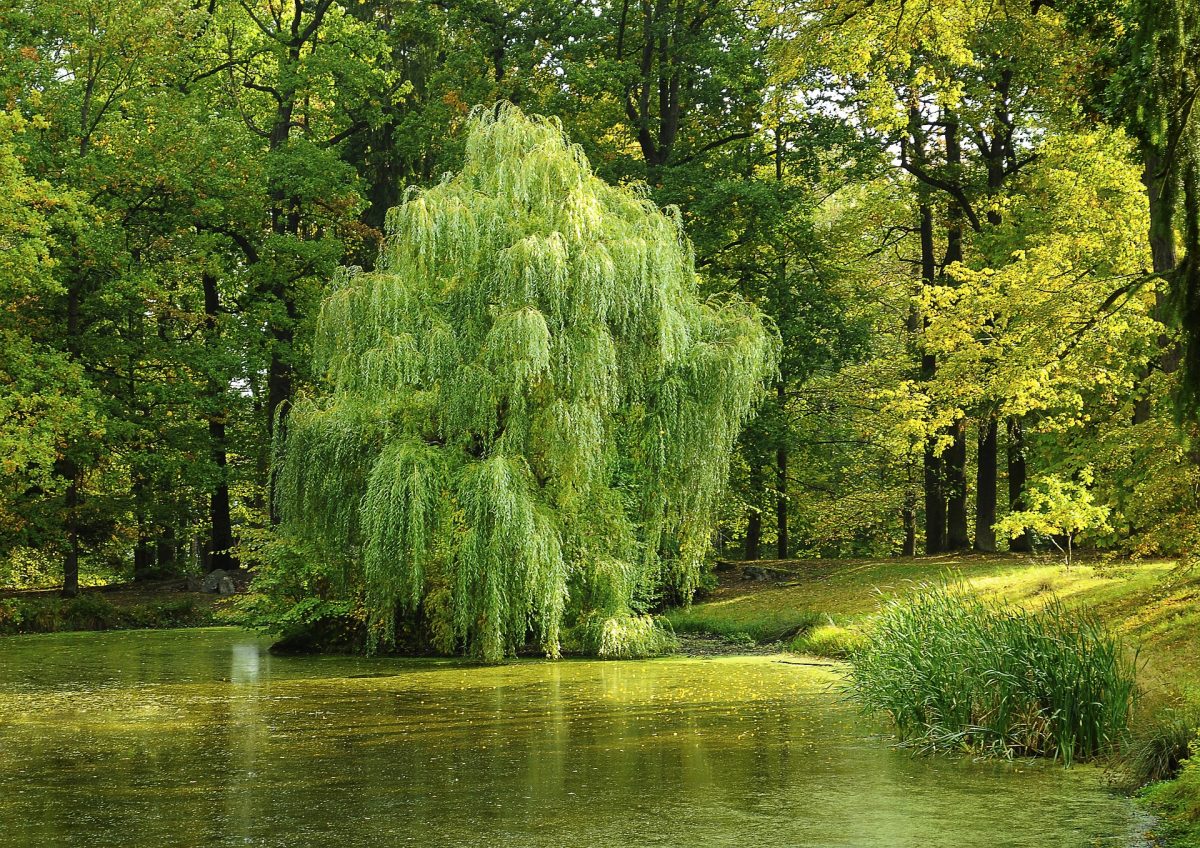
A Japanese myth tells of a man who married a woman who he met under his cherished cherry tree. The emperor ordered the tree to be cut down to build a temple, and the woman died as the tree feel, telling her husband that she was the tree’s spirit.
According to Buddhism, a willow branch is one of the chief attributes of Kwan Yin, the bodisattva of compassion.
The Willow tree is one of the Four Species used ritually during the Jewish Holiday, Sukkot.
Christian churches in northwest Europe often use willow branches in place of palms in the ceremonies on Palm Sunday.
In China, willow branches are said to ward off evil spirits.
- About the Author
- Latest Posts
I strive to paint vivid landscapes with my words, bringing the magic of far-off lands and enchanting aromas to life for my readers. Combine passion for exploration and the art of gastronomy in an unending ode to the senses. When I’m not traversing the globe, I find solace in the earth beneath my fingertips, tending to my garden and working on projects around my verdant oasis. MK Library serves as a beacon, guiding fellow travelers and homebodies alike to embrace sustainability, nurturing both our planet and our souls with purpose. Full Bio.




